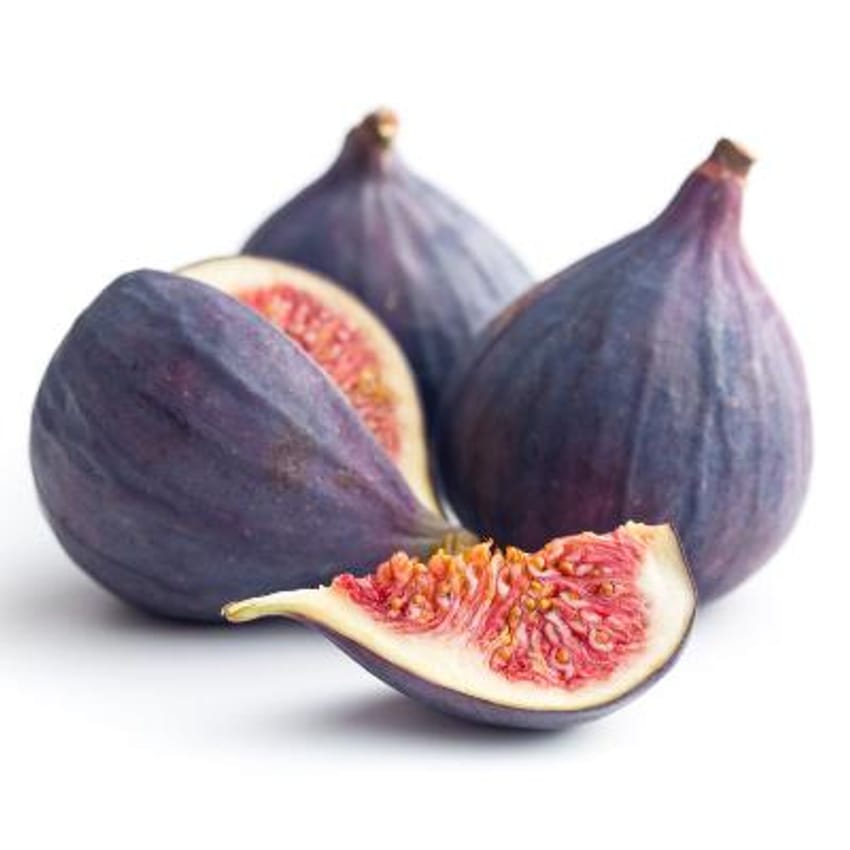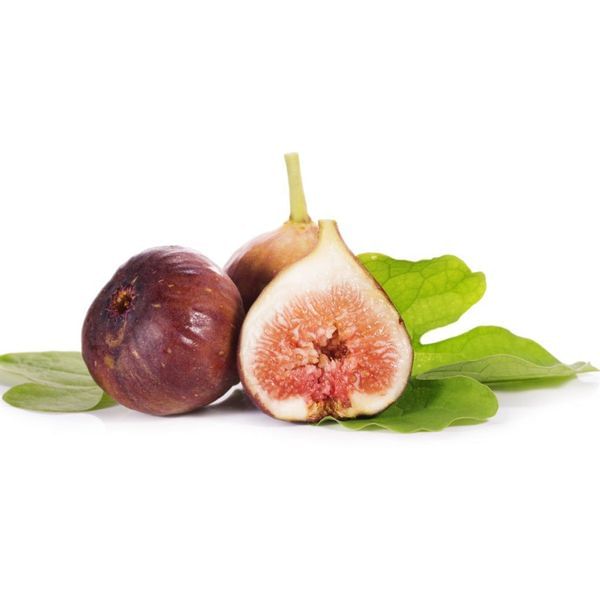- The Black Mission fig is the most popular variety planted in California.
- Figs taste rich and sweet with a hint of berry flavor.
- The fruit is delicious when eaten fresh, dried, or canned.
- Black Mission figs have purplish-black skin with a strawberry- colored pulp.
- The Black Mission fig tree is a long-lived and large tree, but can be kept small with pruning.
- Self-fruitful.
- They have two crops a year- light Breba crop and heavy late crop.
- Fruit splitting is minimal, and the eye is fairly tight, so fruit spoilage is seldom a problem.
- Black Mission fig trees can be grown on the coast or inland.
- Height at maturity: 15'-30' in the ground, but can be kept smaller with pruning or if kept in containers
- This is a wonderful container plant.
- Zones 8-10
- Grown from rooted cuttings.
- This tree will be shipped dormant- without leaves.
- Please see our "Dormant Tree & Plant Guarantee" below.
Click here for Fig Growing Tips
Check out our Fig Tree Growing Guide (pdf)
Lee nuestra guia aqui: Guia de cultivo para higos
SAVE ON SHIPPING: We can now ship potted fruit trees in MULTIPACK BOXES. Order as a 3-pack or 6-pack to save on the cost of shipping! This includes ALL PRIMO and ENTRY sized citrus, olive, fig and avocado trees as well as grape and passion vines.
Dormant Tree & Plant Guarantee:
We guarantee that trees that are shipped dormant will leaf out the following spring if you follow our growing and handling instructions. Any dormant tree that does not leaf out can qualify for a refund if you submit a claim by May 15th. All deciduous fruit trees, persimmons and jujubes need to be planted in the ground by April 1st to qualify for replacement, unless you are in area where the ground is still frozen at that time.
In the rare event that your dormant tree/plant has not leafed out by May 1st, please perform a “scratch test” to check for green under the bark. Just beneath the dry, outer layer of bark in a tree's trunk lies the cambium layer. In a living tree, this is green; in a dead tree, it is brown and dry. To perform a “scratch test”, scratch off the top layer of bark in a small spot on a branch and on the trunk. Be sure to do 1 test above the graft union, and a 2nd just below the graft union. If the scratch test reveals a brown cambium, that means your tree/plant is dead or dying.
To qualify for a refund, you must submit a claim via email to cs@fourwindsgrowers.com by no later than May 15th. Please include your order number in the subject line of your email.
Claims must include:
-Photos of the scratch test areas
-Your order number
-Name(s) of trees affected.
We will review your claim and if approved, we will issue you a refund for the purchase price of your dormant tree (excluding shipping). We reserve the right to not issue a refund for items that have already been replaced.







